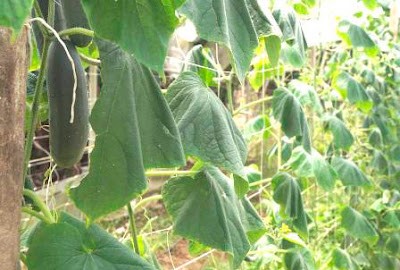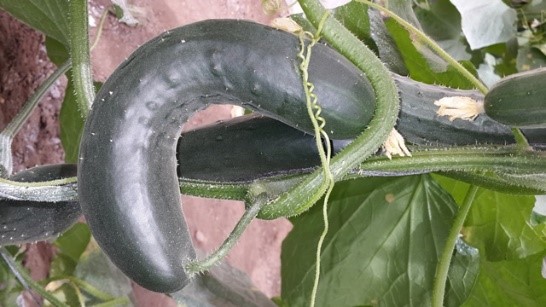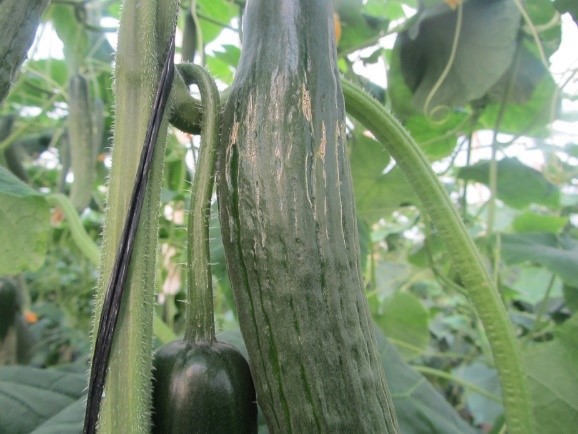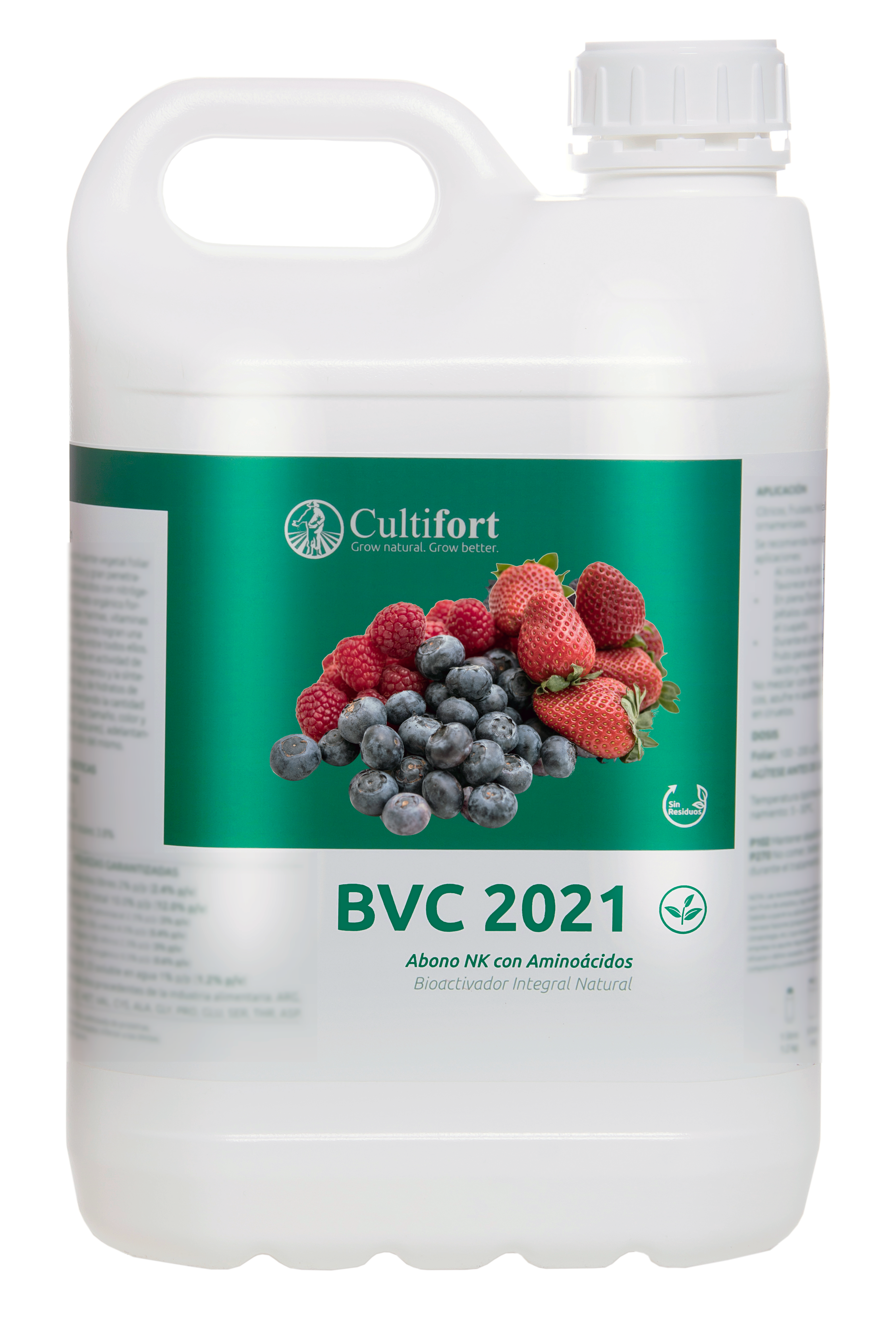Cucumber is currently one of the most popular vegetables in many countries and of significant economic importance in Spain, being the third most important crop in Almería, with an approximate area of 5,600 hectares in the last season (David E Meca – Cajamar Experimental Station).
To achieve maximum productivity and ensure the well-being of the plant, a temperature of 20 to 28ºC and a humidity level between 50-80% must be ensured. Additionally, solar radiation is another determining factor in the cultivation.
In the warmer months, solar radiation tends to be very high, increasing the temperature and, in turn, the level of stress that the plants suffer due to the intense heat, combined with variations in humidity resulting from modified overlapping irrigation strategies to alleviate summer stress.
Generally, the main physiopathies in cucumber cultivation caused by these extreme environmental conditions lead to significant damage to the fruit’s commercial appearance.
High temperatures exceeding 40ºC halt plant growth. Similarly, relative humidity values that are too low can cause symptoms in the fruits, and below 40%, it can cause plant death.
In cucumber plantations in Almería, transient wilting is frequently observed, where plants become saddened as a result of very low relative humidity, resulting in symptoms such as yellowing, wilted and curled leaves. In many cases, even the terminal buds get burned. This problem mainly occurs because the plants do not have the ability to counterbalance the amount of water they transpire. In other words, evapotranspiration is greater than the amount of water it absorbs.

Cucumber wilt

Water deficit in cucumber
When it comes to irrigation, cucumber is a vegetable with high water requirements and very sensitive to irregular water supply. A water deficit, especially during the flowering and early fruit development stages, results in fruit abortion, characterized by main symptoms such as loss of firmness, skin dehydration, curvatures, or hooked fruits.
In turn, excessive water stress causes chlorosis in young parts, root suffocation, as well as flower abortion and decreased fruit production and quality. The lack of thermal and moisture mulching, with significant differences between day and night, favors the appearance of another physiological disorder known as “lizard skin,” manifested as microcracking.

Lizard skin on cucumber
In response to the negative effects caused by extreme environmental conditions in high cucumber production areas, Cultifort proposes a strategy based on biostimulants, specifically the precise action of BVC 2021, which will help the plant avoid stress situations by maintaining a proper water balance, preventing flower abortion, while enhancing fruit set and development.
To maintain water balance, plants at the cellular level develop an osmotic adjustment mechanism as a response of resistance. This involves a decrease in water potential in plant tissues, which allows water entry and therefore prevents a decrease in turgor or photosynthetic productivity.
Cucumber is known to be one of the crops most sensitive to these adverse conditions, as it lacks the ability to osmotically regulate itself. This leads to difficulties for the plant to adapt to environmental changes typical of the region, resulting in cucumber flower abortion during its development and/or physiopathies caused by such conditions.
The seaweed included in BVC 2021 performs two functions of interest: osmoregulation and phyto-regulation (growth regulation). They contain osmotically active substances (polysaccharides, alginate, mannitol, glycerol, sorbitol, proline, and betaine) that improve the water use efficiency inside the cells, allowing the maintenance of cell wall turgidity and proper physiological activity. Additionally, they have a powerful antioxidant effect, helping to eliminate free radicals under environmental stress conditions.
Regarding the phyto-regulatory effect, the seaweed extract has the capacity to induce the synthesis of growth-regulating compounds (phytohormones) in crops, in this case, cytokinins. These promote cell division in non-meristematic tissues and organ formation, delay senescence, and stimulate the development of lateral buds. They also contribute to maintaining appropriate water levels in the plant (cellular turgidity), thus reducing water stress.


